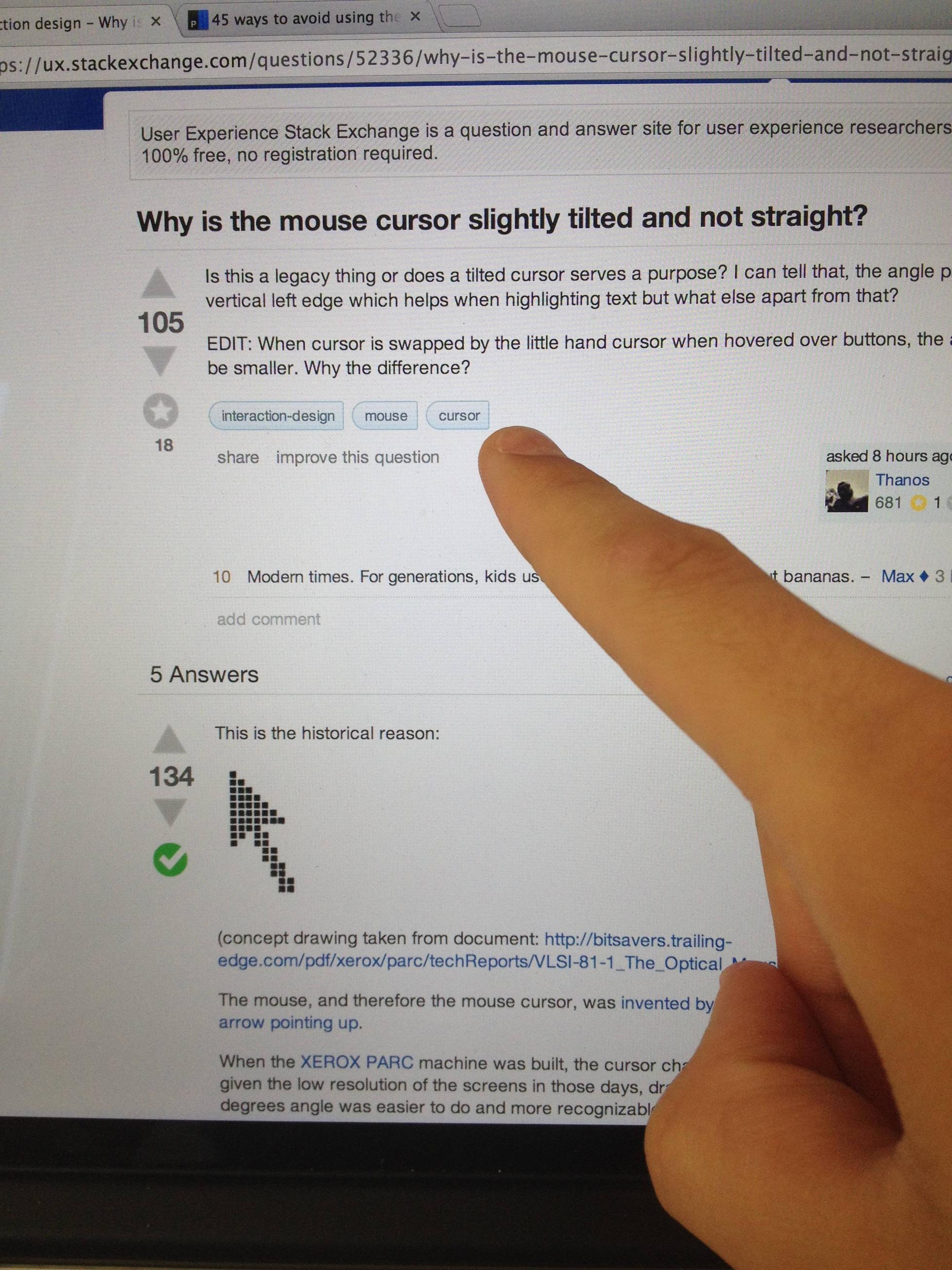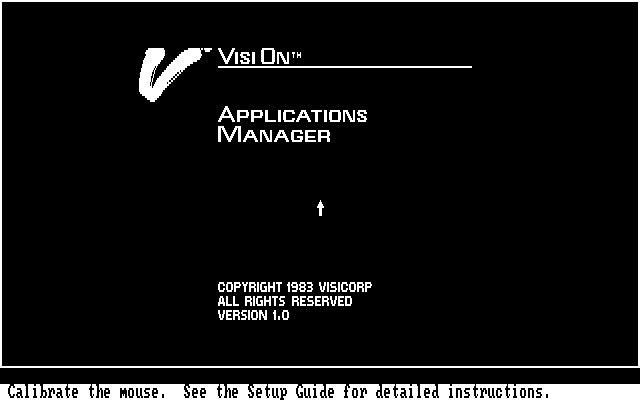Low level visual cognition
In addition to the various answers given, there is also sense in a tilted mouse pointer if one considers the visual processes in our brain.
Visual information arriving from our eyes is first processed in the primary visual cortex by the V1 area, then by the V2 area. These two areas recognise low-level visual features (hue, lightness, size, orientation, etc.).
The popout effect
As visual information is processed by these areas, some visual irregularities truly pop out (ie, they are highly distinguishable), which greatly helps visual search (trying to find an item in a visually busy field). The popular name for this phenomenon is the popout effect.
A famous research from 1988 - A. Treisman, and S. Gormican: Feature analysis in early vision: Evidence from search asymmetries summarises many of these popout effects, and the irregularities they involve.
Orientation
One such irregularity is orientation, and it is neatly explained by the following illustration:

You should find it next to impossible to find the search target in 1 (a straight line in a group of straight lines). But rather easy in 2 - finding a tilted line in a group of straight lines. In 3 it should be equally next to impossible to find the tilted line in a group of tilted lines (of the same angle).
Since vertical and horizontal orientations are the most common ones on screens (and in life in general) a tilted mouse pointer will be more easily found.
More information can be found in Chapter 2 (What we can easily see) of Visual Thinking for Design, Ware 2008.








